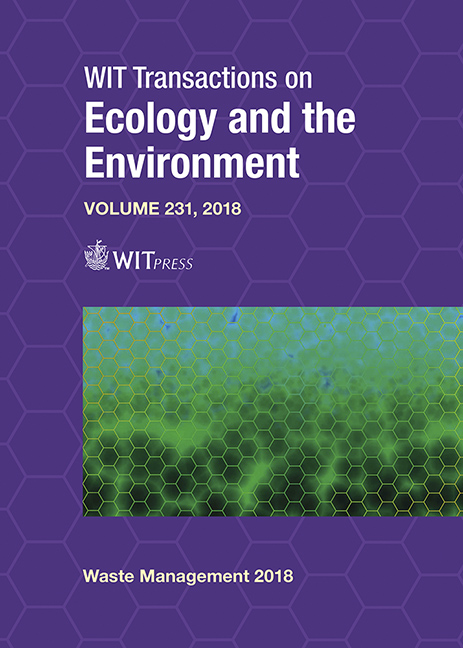THE EFFECT OF TEMPERATURE AND PRECIPITATION ON THE LEACHING OF CONTAMINANTS FROM BALLANGEN TAILINGS DEPOSIT, NORWAY
Price
Free (open access)
Transaction
Volume
231
Pages
15
Page Range
75 - 89
Published
2019
Paper DOI
10.2495/WM180081
Copyright
WIT Press
Author(s)
JINMEI LU, FUQING YUAN
Abstract
Leaching and transport of contaminants from tailings deposit is a highly complex interacting system affected by a suite of environmental factors, among which temperature and precipitation rates linked to climate change are two important parameters. The climate change in the Nordic region is more drastic than other regions. In this study, a laboratory batch leaching experiment was performed on the tailings deposited in Ballangen, northern Norway to investigate the impact of temperature and precipitation change on the leaching of contaminants from the tailings. The leaching was conducted at four different temperatures 5°C, 10°C, 15°C and 20°C and two precipitation rates 8mm/week and 20mm/week. In total, six leaching cycles were performed, and the leachate was collected and tested the pH and concentrations of Cr, Cu, Fe, Ni, V and Zn. The pH of leachate is lowest at 20°C under both precipitation rates, which indicate more tailings oxidation at 20°C. Highest concentrations of Cr, Cu, Fe, Ni was found in the leachate at 20°C and 10ml leaching conditions. Whilst the highest concentrations of Cr, Cu, Fe, Zn showed in the leachate at 5°C under 4ml leaching condition. The accumulated leaching amounts of Cr, Cu, Fe, V and Zn are generally higher at a precipitation rate of 20mm/week than 8mm/week. The difference between these two precipitation rates increases as temperature increases and the highest difference is generally found at a temperature of 20°C. The results indicate that a combination of high temperature and high precipitation will increase the leaching of contaminants significantly.
Keywords
temperature, precipitation, batch leaching, contaminants, tailings





